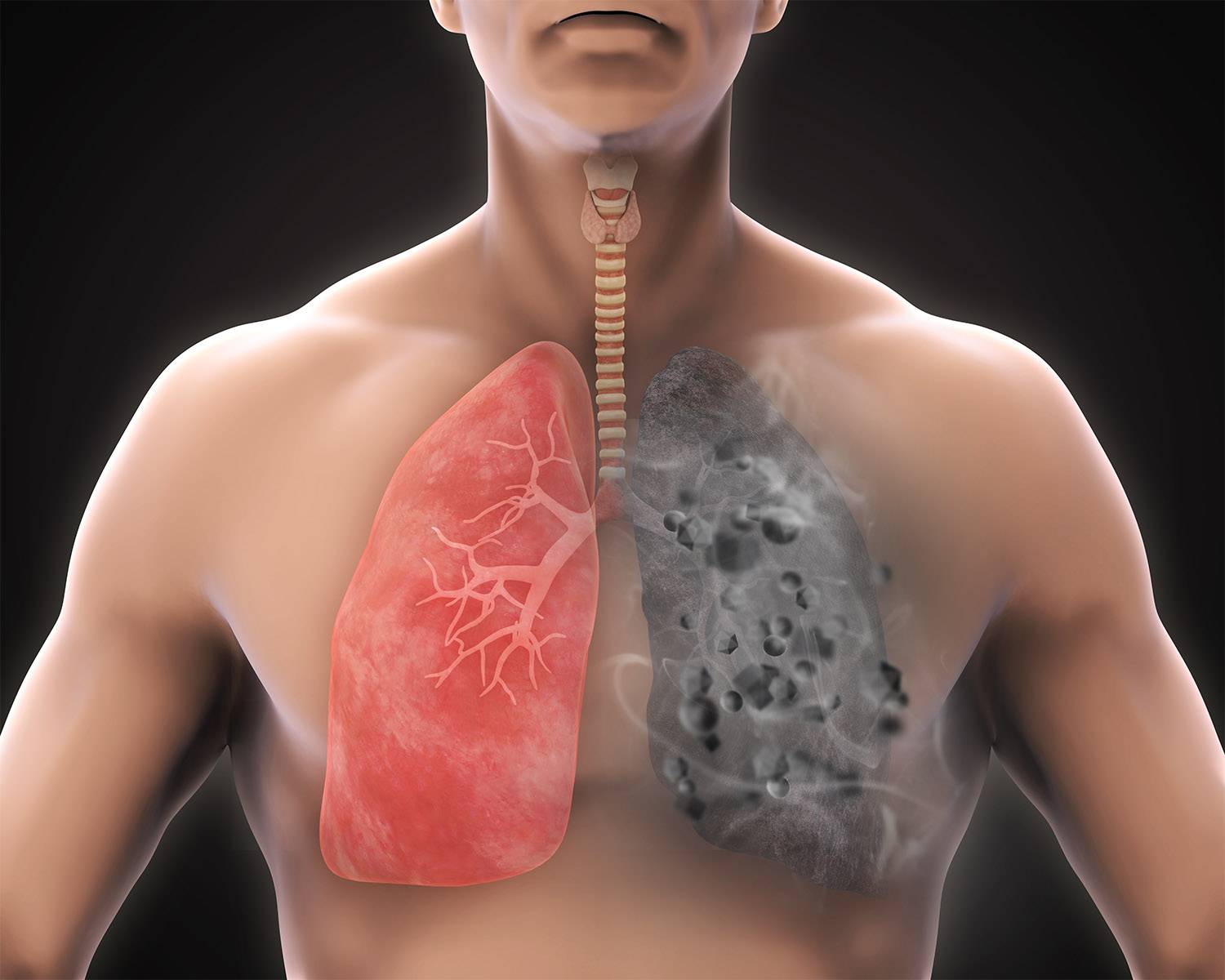Dust is all around us, and to many, it is just a minor annoyance. The truth is, dust inhalation poses a serious threat to your health, and the issue is far more widespread than most people realize.

Dust inhalation happens every day, but few know the true risks
Any time there's work happening, there's a risk of dust exposure. And not just a small amount of dust, either.
Symptoms of too much dust inhalation go far beyond a gentle cough or sniffly nose. Fine dust particles can enter your bloodstream or penetrate deep into the lungs.
Even if you invest in cleaning services to keep your warehouse tidy, it's not enough to eliminate the risks of dust inhalation. Once dust has settled on floors, machines, or your equipment, the danger is already there.
Dust can cause chronic illness among your staff
Employees who are exposed to dust every day will experience much more than a scratchy throat. If you don't have protective measures in place, dust inhalation could lead to serious illnesses, including respiratory problems, skin diseases, and even cancer.
1. The lungs: Where dust settles
When we breathe in dust, fine particles can slip past the airway and come to settle in the lungs. This can be a serious problem. Shortness of breath is one of the immediate symptoms of too much dust inhalation, but routine exposure can lead to asthma or deadly lung diseases.
But there's more. After dust settles in the lungs, it can easily enter the bloodstream, where it can travel to every other organ in the body – including the brain. A State of Global Air report from 2019 found that fine particulate matter in the air reduced life expectancy by a full year.
Did you know? There are types of dust (like asbestos) that are so dangerous, they fall under the classification of carcinogenic.
2. The brain: How dust harms our gray matter
Long-term dust inhalation can have a serious impact on brain health, such as increasing the risk of Alzheimer's Disease and dementia. A study from the National Institutes of Health found that high concentrations of classic fine dust (PM2.5 ) were associated with higher numbers of dementia cases. According to the researchers, as many as 188,000 cases of dementia each year could be linked to exposure to fine dust particles.
Did you know? The smallest dust particles can permeate the blood-brain barrier, making it into our command center, the brain.
3. The skin: Our largest organ with many side effects
Some of the most clear symptoms of too much dust inhalation or exposure can be seen right on our skin. These might be mild allergic reactions, like rashes or itching. But more serious health risks include skin cancer, particularly when working with chemicals or metals, according to the American Skin Association.
Did you know? Dust can cause acne flare-ups. Who wants zits from dust?
Cleaning your production and warehouse halls isn't enough to prevent the risks of dust inhalation. You must take additional steps to protect the health of your staff and prevent dust from settling in the first place.
Your employees are the most valuable part of your business. Keeping them healthy and safe is vital to the functioning and future of your operation. This means making sure dust inhalation isn't something they need to worry about.
Fortunately, there's a simple way to deal with your dust problems once and for all: an industrial air purifier from Zehnder Clean Air Solutions. We've helped thousands of companies around the globe make dust exposure a thing of the past.
With the right air purifier, your staff will breathe easy, and you'll see productivity skyrocket as sick-day requests go down.
Every dust particle is a problem when it comes to workplace health. The team at Zehnder Clean Air Solutions is here to help rid your business of dust with a state-of-the-art air purifier.